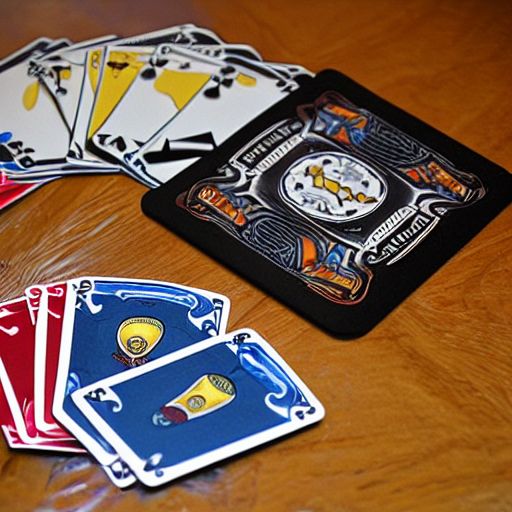Gambling has a long and complex history in ancient China. From the early forms of gambling in the Zhou dynasty to the popular games played during the Tang and Song dynasties, gambling has played an important role in Chinese culture for thousands of years. In this article, we will explore the history of gambling in ancient China, the types of games that were played, and the impact that gambling had on Chinese society.
Origins of Gambling in Ancient China
The origins of gambling in ancient China can be traced back to the Zhou dynasty (1046-256 BCE). During this time, the nobility would play a game known as “bo” which involved the rolling of dice. The game was played for both entertainment and as a means of divination. It was believed that the outcome of the dice rolls could reveal the will of the gods.
Gambling continued to be popular during the Qin dynasty (221-206 BCE) and the Han dynasty (206 BCE-220 CE). During the Han dynasty, a game known as “liubo” became popular. Liubo was a board game that involved the use of sticks or dice to move pieces across a board. The game was popular among the aristocracy and was often played for high stakes.
During the Tang dynasty (618-907 CE), gambling became even more popular. The game of “shuzi” became popular during this time. Shuzi was a simple game that involved the rolling of two dice. Players would bet on the outcome of the dice rolls, with the highest payout going to those who correctly guessed the exact combination of the two dice.
Types of Gambling Games in Ancient China
In addition to liubo and shuzi, there were many other types of gambling games that were played in ancient China. These included:
- Mahjong: A tile-based game that was developed during the Qing dynasty (1644-1912). Mahjong involves the use of tiles that are arranged into specific patterns. Players must make specific combinations of tiles in order to win the game.
- Pai Gow: A game that involves the use of tiles or dominoes. Players must make specific combinations of tiles in order to win the game.
- Fan-Tan: A game that involves the use of beans or buttons. The beans are placed on a table and players must guess how many beans will be left after they are divided into groups of four.
Impact of Gambling in Ancient China
Gambling had a significant impact on Chinese society, both positive and negative. On the positive side, gambling provided a form of entertainment for the people of China. It also provided a means of socializing and building relationships between individuals.
On the negative side, gambling had the potential to cause financial ruin for those who became addicted to it. During the Tang dynasty, the government became concerned about the negative impact that gambling was having on society. As a result, they banned gambling and ordered that all gambling materials be burned.
Despite the ban, gambling continued to be popular in China. During the Qing dynasty, the government legalized gambling in order to generate revenue. This led to the establishment of casinos and gambling houses throughout China.
Conclusion
Gambling has a long and complex history in ancient China. From the early forms of gambling in the Zhou dynasty to the popular games played during the Tang and Song dynasties, gambling has played an important role in Chinese culture for thousands of years. While it has provided a form of entertainment and socialization, it has also had the potential to cause financial ruin for those who became addicted to it. Today, gambling remains popular in China, with both legal and illegal forms of gambling available to the public.
